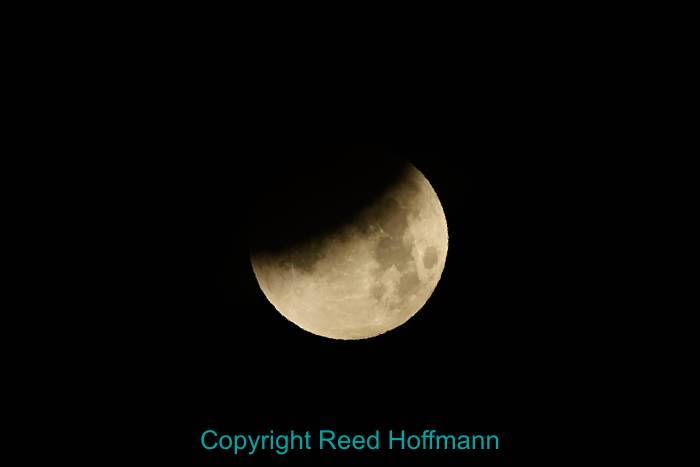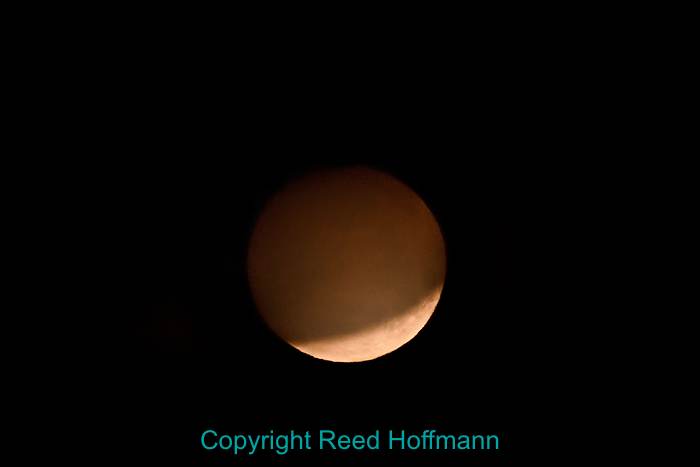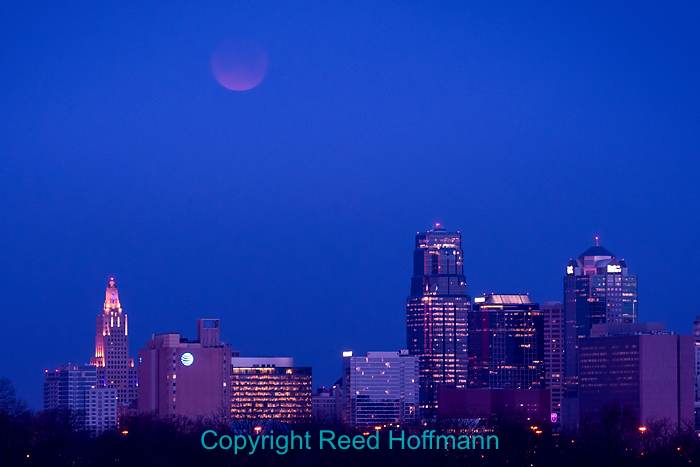So there I am, cold and tired and up way too early, watching clouds obscure yet another eclipse. “Why”, I ask myself, “why?”
Last summer I chased the total solar eclipse, managing to find a relatively clear area about 15-minutes before the sun went into totality. I figured this one had to be better, right? Well…
Lunar totality was going to be at 6:51am, then moonset near 7:30am, about the same time as sunrise. And that meant the possibility of shooting the moon (and not just a moon, but a “Super Blue Blood Moon”) in total eclipse over the Kansas City skyline. So I checked in with John Sleezer, a photographer for the Kansas City Star, who always has something planned for these things. John knows the area like the back of his hand, and was gracious enough to allow me to invite myself to join him.
Getting up at 4:30am, I was out the door by 5 and calling John to see where he was. Looking at a few locations near downtown, John had settled on a cemetery with a clear view of the skyline. Using The Photographer’s Ephemeris the night before, John knew where the path of the moon would be. Joining him there at 5:30, I double-checked using a smartphone app called PhotoPills and confirmed we were in a good spot. There was a bright full moon in the sky, accompanied by some thin clouds. The weather forecast had them clearing by sunrise, so we were hopeful.

The early part of the eclipse was great, as the clouds shifted enough for us to get some nice pictures as the earth blocked the sun’s light. This is the framing I got with that lens/camera combo. Nikon D7500, Aperture Priority, Sunny white balance, ISO 400, 1/250 at f/5.6 in center-weighted metering, -0.3 EV, Nikkor VR 500mm f/4 lens with TC1.4EIII teleconverter for 700mm focal length. Photo copyright Reed Hoffmann.
My plan was to make two different photos. A tight shot, showing the different stages of the eclipse, would be taken with a Nikon D7500 and Nikkor 500mm f/4 lens with a TC-1.4EIII teleconverter. That would give me 700mm of focal length on a DX body, maximizing the crop factor of the chip. Because of the size of the lens, and the expectation of fairly slow shutter speeds, that rig was mounted on my heavy Gitzo tripod. The other shot would be a bit wider, showing the skyline of Kansas City with the moon in eclipse above it. For that I’d use a Nikon D500 and Nikkor 80-400mm lens, mounted on a smaller, but still sturdy Slik tripod.
The beginning went well. The moon was full and bright, and despite occasional thin clouds, we were able to get some good photos of the first half of the eclipse. But as the moon reached totality, the clouds thickened. Bad news for us. At first we were shooting through the resulting haze and still able to see the moon, though reduced in intensity and sharpness. And then, it just disappeared. Nothing. We still had 30-minutes before moonset, so waited and crossed our fingers. Should have crossed our toes, too. For a few minutes the clouds did thin enough to barely see the moon, and then it was gone for good.

This was one of the last photos I was able to make as the moon went into totality and the orange glow started, but the clouds also began to completely block the moon. Nikon D7500, Manual exposure, Sunny white balance, ISO 2000, 1/10 at f/5.6 in center-weighted metering, Nikkor VR 500mm f/4 lens with TC1.4EIII teleconverter for 700mm focal length. Photo copyright Reed Hoffmann.

We had a few minutes where the clouds thinned enough to give us a glimpse of the moon in eclipse over downtown Kansas City. With some careful editing in Adobe Camera Raw, I was able to get this image out of hte frame. Nikon D500, Manual exposure, Sunny white balance, ISO 1250, 1/8 at f/5, Nikkor 80-400 mm f/4.5-5.6 lens at 247mm . Photo copyright Reed Hoffmann.
Did we get some pictures? Yes. Did we get what we’d hoped for? No. But that’s part of photography, and you have to learn to accept it. Things don’t always work out the way you plan. Yes, it’s disappointing. But on the plus side, we enjoyed a nice morning together, and although briefly, did get to see a total lunar eclipse. I’ve always said I’d rather be a “half-full” person rather than a “half-empty.” And as a photographer, that’s the only way to keep from going crazy. So next time there’s an eclipse, you can bet I’ll be out there. And if the clouds skunk me again, I’ll be disappointed, but not crushed. After all, I’m outside doing something I love, and that’s pretty great.
(If you like this, please share it with your friends, and let them know about the links about photography I post on my business Facebook page. I’m also on Instagram and Twitter, @reedhoffmann)
